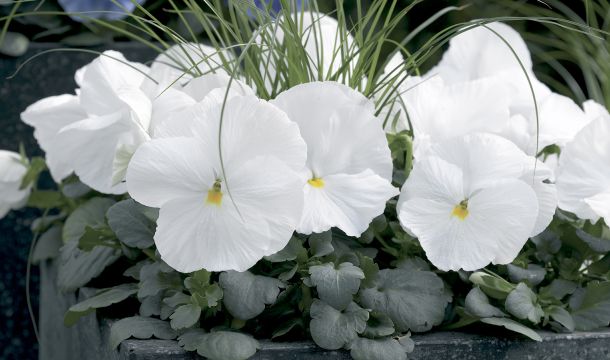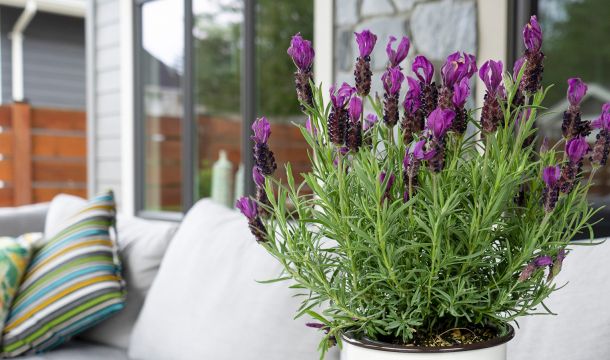Chasing the Dark Hibiscus
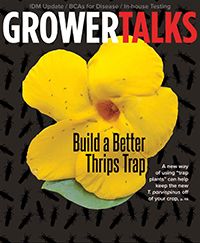
To be clear, the dark leaf belongs to the moscheutos or perennial hibiscus that handles winters down to zone 5 and sometimes 4. Technically, every plant comes equipped with a top coating that bronzes over their chlorophyll. Leaving the greenhouse, the leaves are all green. Set in full sun, the hibiscus gets dark. Or not.
UV sensitivity is the trigger. In older series, sensitivity follows the red flower. White flowers might get an olive-ish tint by the end of the season. Modern dark leaf varieties are super sensitive. They darken deep and fast, but the planting site is half the fun. Grow them under a little tree shade and the deep color backs off to a bronzy-burgundy complexion. A Georgia hibiscus darkens faster and deeper than the same variety planted in Maine, all due to the strength and angle of the UV light.
Best known among the Flemings varieties is 'Kopper King'. Although a white variety, it has a strong red eye and the leaves will bronze up under full sun.
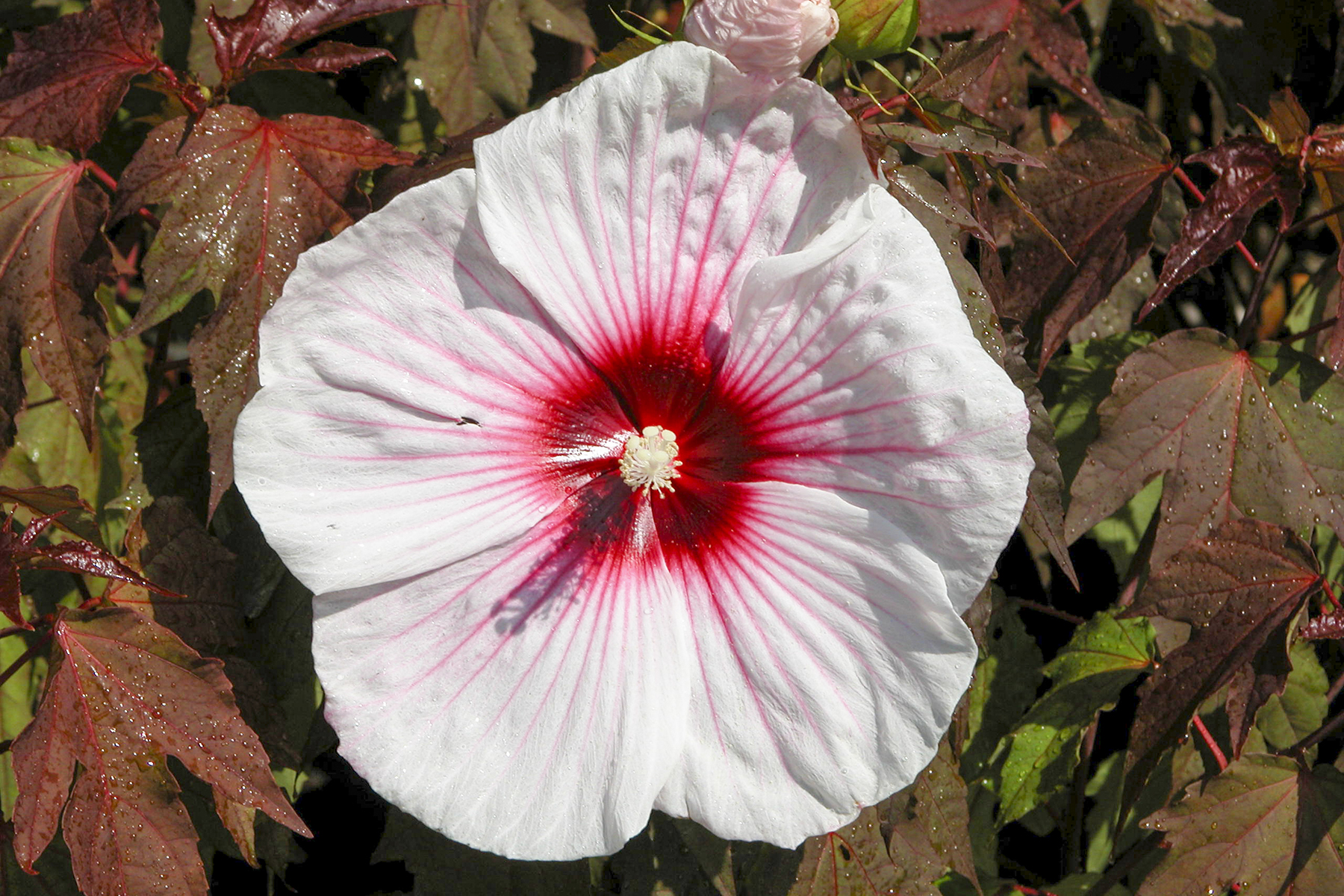
The Fleming Brothers
A couple of decades ago, the leading material came from the Fleming brothers in Nebraska. You know their work from the Baltimore series and 'Kopper King', still selling briskly today. These cultivars have the older swamp mallow habit about them: vase-shaped and open with flowers across the top. In the wild, tall prairie and wetland grasses surrounded everything, so the moscheutos put those dinner-sized blooms up where they could be seen.
Walter's Gardens has reshaped the Hibiscus into its modern American form: darker, bushier and blooming from top to bottom.
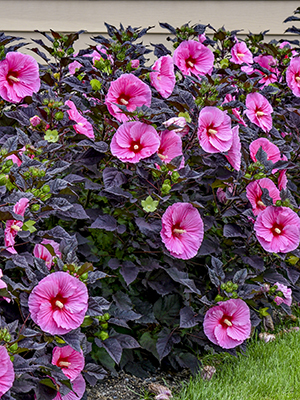 |
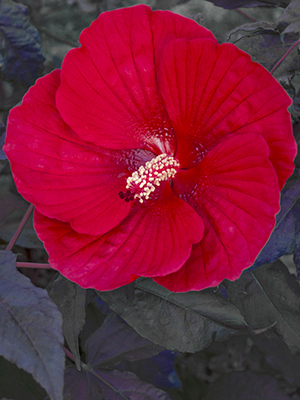 |
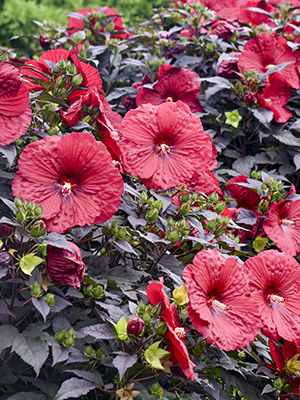 |
| 'Edge of Night' |
'Midnight Marvel' | 'Holy Grail' |
The Walters Products
Since the Flemings passed away, stewardship shifted to Michigan. Walters Gardens has used the intervening decades to reshape the product into its modern form:
- Flowers are flatter, more dish-shaped than cone-shaped. Petals are thicker to resist wind and rain. The joint at the bud is strong so the flowers last longer.
- Bronzing has become more sensitive. Not only does the leaf darken faster, it walks down the plant better. Older varieties bronze at the top where the UV hits the leaves. With time, the middle leaves start to color, and sometimes the bottom layer gets a tint. The newest breeding darkens fast, over a few weeks top to bottom, and the leaf becomes almost a purple-black.
- Habits are fuller and bushier. Plant a hibiscus against a wall and you shouldn’t see the building when you look through it. Stems bow outward to create a shape that’s more bushy and less vase-like. More stems fill the middle, and a lot more leaves line the stems to fill the open spaces.
- Height now runs from waist-high (3+ feet) to chest-high (4+ feet) and over the shoulder (5+ feet). Be careful with this spec. Nearby water features add height, and a sultry growing season adds more inches.
Star Roses fields the youngest series on the market, Head Over Heels. The darkest leaves belong to the red, but the really interesting variety is Adore with silvery sheen of its velvety leaves.
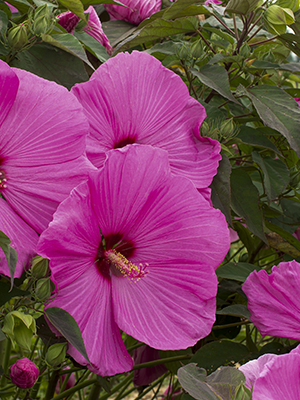 |
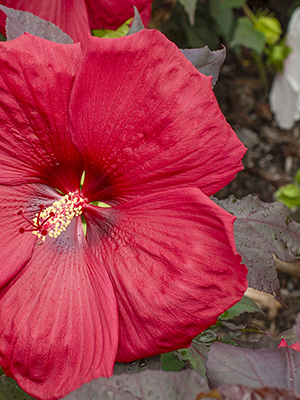 |
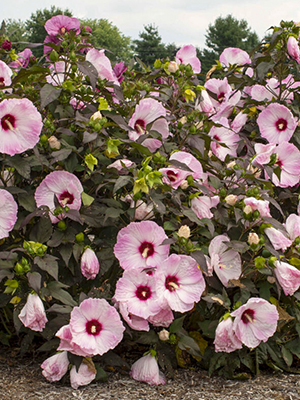 |
| Head Over Heels 'Adore' | Head Over Heels 'Desire' | Head Over Heels 'Blush' |
The Southern Hibiscus
Today, the youngest series on the market comes from Star Rose. They forged a different direction with their Head Over Heels series, bred out of Georgia. Their product focuses on the calibre of the juvenile since most hibiscus varieties take a few years to fully mature. For them, the quality of a retail bench product is judged by its first year performance.
Two are unique: Adore and Blush. I think of them as Southern Hibiscus for two intertwined reasons. First, if you look closely, you will find a fine coating of fuzzy hairs on the leaves for sawfly resistance in the southeast. Even Japanese beetles shy away, so it is a natural solution if bug-eaten plants are a problem in your area.
Second is the ornamental value of those fine hairs. They bring a silvery sheen to the look and a velvety feel to the leaves, an unusual feature within commercial hibiscus and unique to Head of Heels. The appeal has come up several times, so I hope Star Rose breeds this feature into more products. Ironically, the sheen also scatters UV light so these leaves remain stubbornly green for a long time.
Carousels are solid Hibiscus straight up the middle. Their leaves will darken under UV light. Their superpower lies in the logistics that supports them.
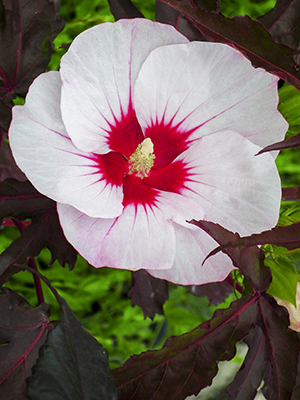 |
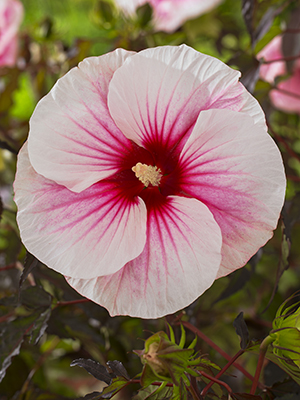 |
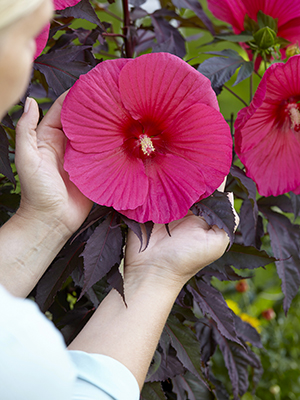 |
| Carousel 'Jolly Heart' |
Carousel 'Pink Candy' | Carousel 'Pink Passion' |
The Power of Logisitics
A European product from French stock, the Carousel series has been on American shores for about a decade. It is a solid, modern hibiscus in six colors with a habit straight up the middle. Its real strength lies in its network of growers who supply the market primarily through liners. Carousel’s advantage comes where logistics are important: the chains. They like price, they like timing, they like volume, and they sell in the summer. Growers who support this channel need a summer tentpole, and Carousel ticks the boxes they need.
Because dark leaves tend to follow the red flower, the unicorn of the species is showing a clean white flower on a bush with dark leaves. That creature does exist, and it is Hibiscus 'Cookies and Cream' from Walter's Garden, new for 2024.
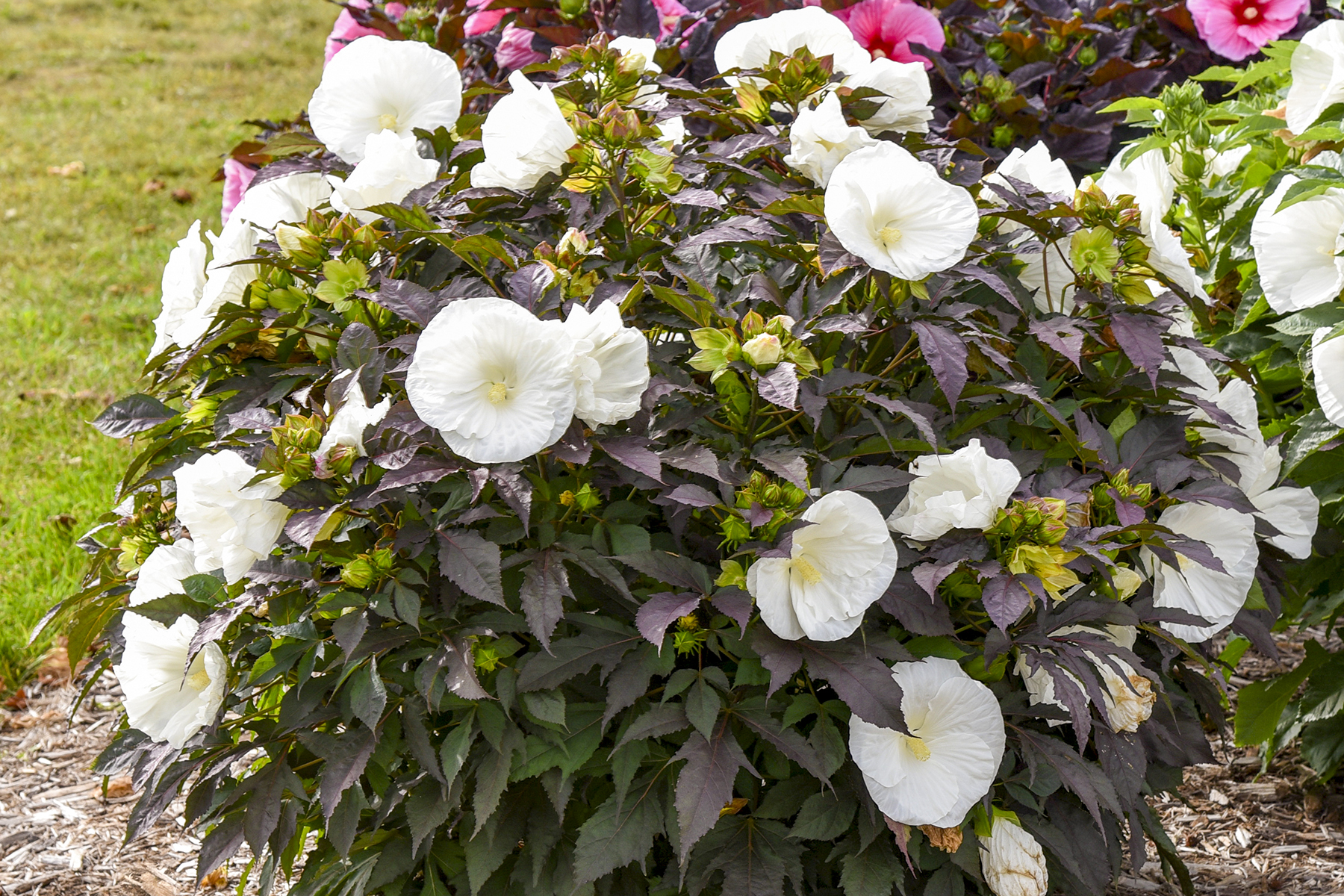
What the Experts Think
To make your own assessments, visit the Hibiscus Trials at the Chicago Botanical Garden in July. It's an industry review of mature plantings with over 80+ varieties in bloom. A shortcut would be to ask your peers. A lot of growers and broker reps have chimed in with varieties they admire and recommend.
Hands down, 'Holy Grail' appeared in the conversation most often. As a red, it should be the dark leaf tentpole everywhere (except the Hamptons where they plant only whites and pinks). If you need to expand your range of reds, go with 'Midnight Marvel' (tall) and 'Mars Madness' (medium) to supplement 'Holy Grail' (the short one).
Dark leaf pinks most discussed were 'Edge of Night' (short), 'Evening Rose' (medium), Carousel 'Pink Passion' (tall), and 'Summer in Paradise' (short). For a pinwheel, use 'Starry, Starry Night' (medium). For a bullseye, use 'Cherry Choco Latte' or Head Over Heels 'Blush' (short). If you like your hibiscus in the old-school way, go for 'Kopper King' (tall).
For the moment the palest dark leaf is 'Dark Mystery' (tall), a pale pink bullseye,but hold that thought. If you recall, dark leaves follow the red flower as a trait, so the unicorn of hibiscus breeding is a white flower with an extremely dark leaf on a bushy plant. That creature would be Hibiscus 'Cookies and Creme' (short), a brand new release from Walters in 2024.
Popular Articles
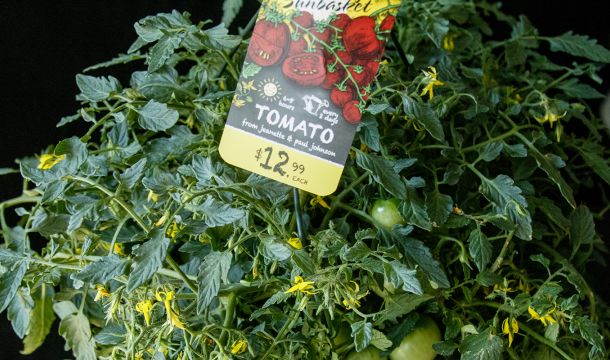
Trialing Edible Baskets
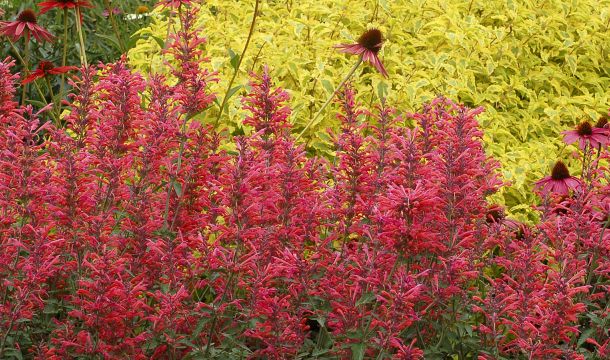
The Arthouse Expansion of Agastaches
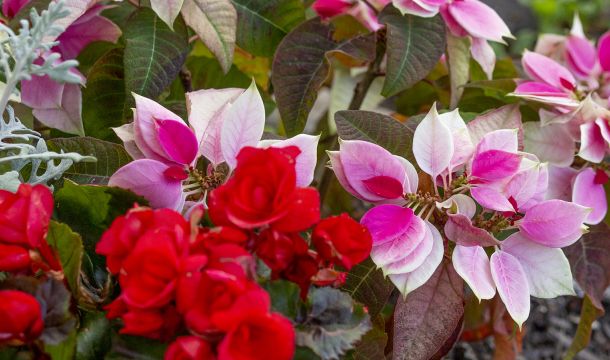
Spotlight on Princettias
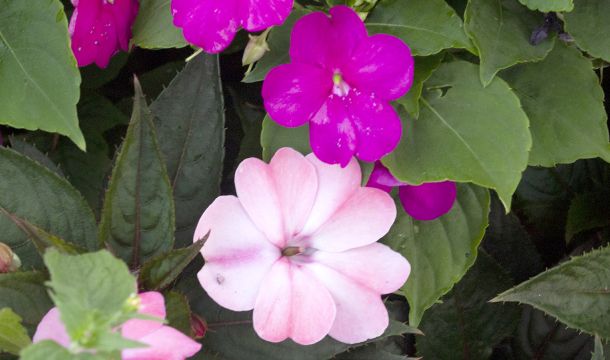
The Splitting of the Impatiens

Cartwheel Strawberry Twist Gerberas
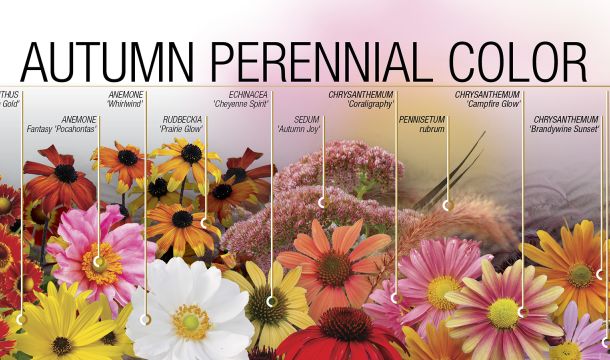
Autumn Perennial Color
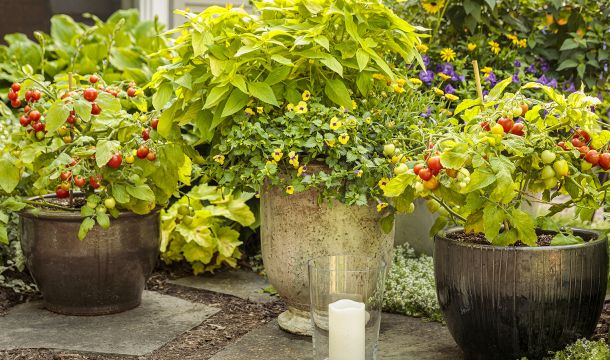
Building a Patio Vegetable Program
